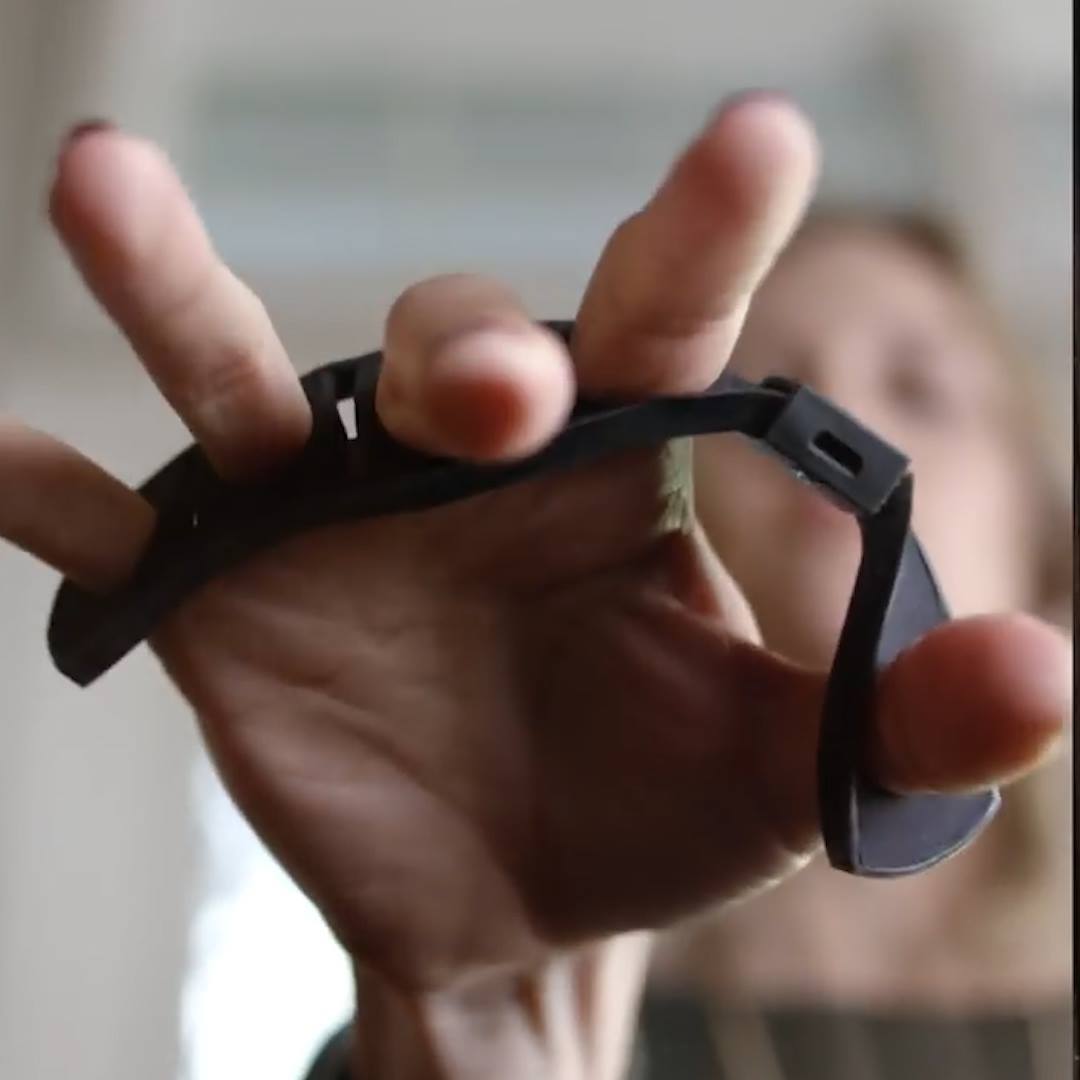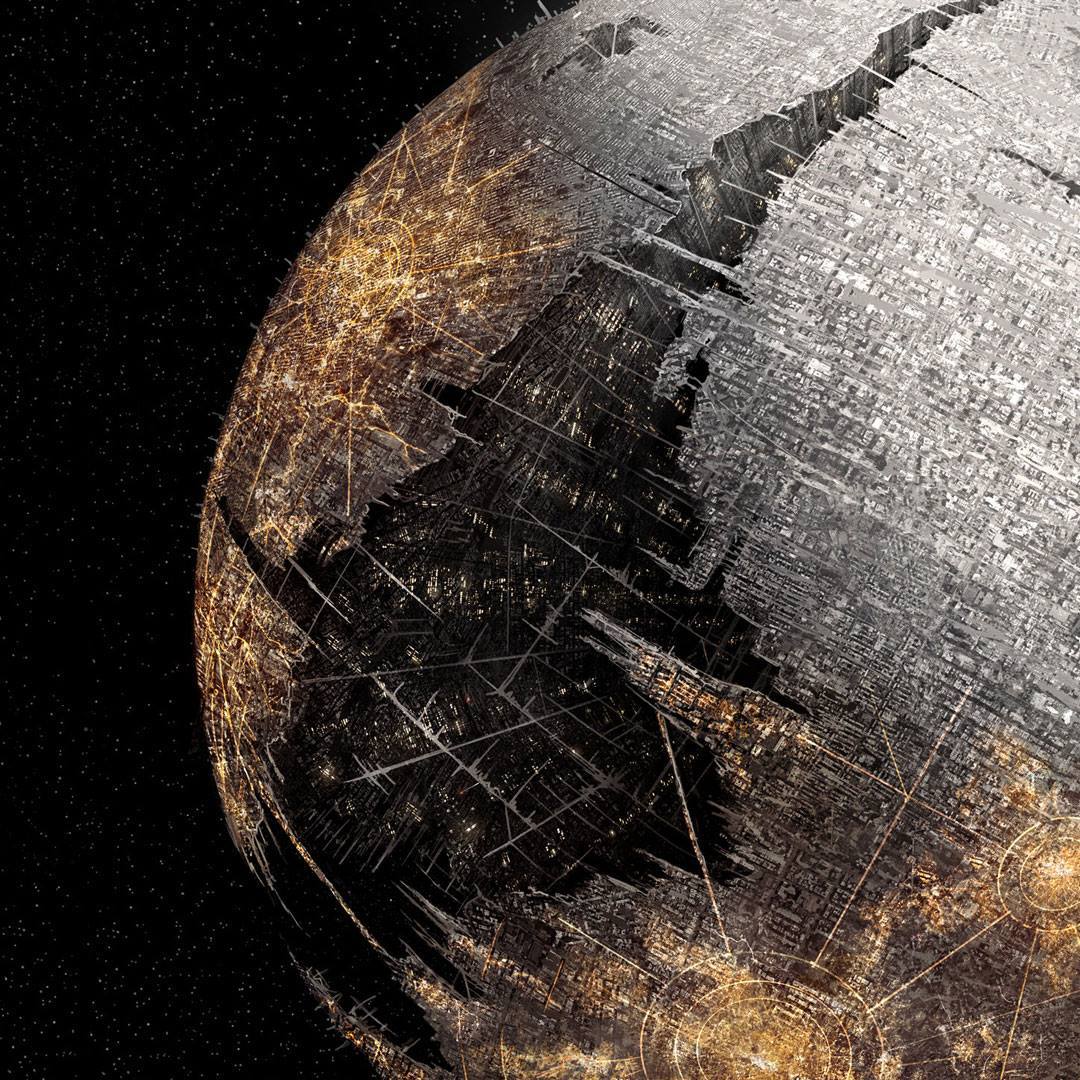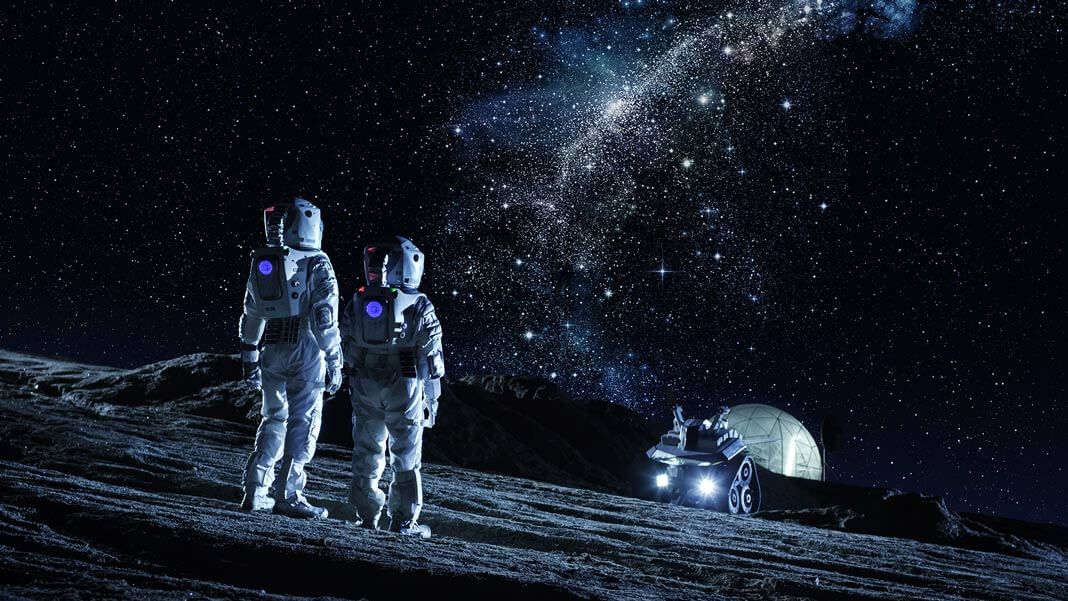Two pint-sized spacecraft, MarCO-A and MarCO-B, served as communications relays for NASA’s InSight lander.
The senescent cell epigenome
Posted in life extension
Yang N, Sen P,. The senescent cell epigenome. Aging (Albany NY). 2018; 10:3590–3609. https://doi.org/10.18632/aging.
Copy or Download citation:
Select the format you require from the list below.
It’s not like moon-walking astronauts don’t already have plenty of hazards to deal with. There’s less gravity, extreme temperatures, radiation—and the whole place is aggressively dusty. If that weren’t enough, it also turns out that the visual-sensory cues we use to perceive depth and distance don’t work as expected—on the moon, human eyeballs can turn into scam artists.
During the Apollo missions, it was a well-documented phenomenon that astronauts routinely underestimated the size of craters, the slopes of hilltops, and the distance to certain objects. Objects appeared much closer than they were, which created headaches for mission control. Astronauts sometimes overexerted themselves and depleted oxygen supplies in trying to reach objects that were further than expected.
This phenomenon has also become a topic of study for researchers trying to explain why human vision functions differently in space, why so many visual errors occurred, and what, if anything, we can do to prepare the next generation of space travelers.
- Once dismissed as a “party drug,” ketamine is emerging as a potential alternative treatment for depression.
- A growing list of academic medical centers now offer the drug, including Columbia University, which began offering ketamine to patients with severe depression this fall.
- Ketamine works differently from common antidepressants like Celexa or Prozac and has been called “the most important discovery in half a century.”
- Pharmaceutical companies, including Allergan and Johnson & Johnson, are also working on developing blockbuster antidepressants inspired by ketamine.
Ketamine, a drug once associated with raucous parties, bright lights, and loud music, is increasingly being embraced as an alternative depression treatment for the millions of patients who don’t get better after trying traditional medications.
The latest provider of the treatment is Columbia University, one of the nation’s largest academic medical centers.
If classic monster movies and old science experiments are to be believed, life begins with a spark.
Not everybody is convinced by this kind of origin story, so the search continues for sources of energy capable of transforming a prebiotic soup into a life-generating dish. Maybe the secret ingredient isn’t anything more shocking than a pinch of salt.
A new study led by researchers from the Earth-Life Science Institute (ELSI) at Tokyo Institute of Technology in Japan has turned their attention to common old sodium chloride as a potential conduit for the chemical energy required for early biochemistry.








